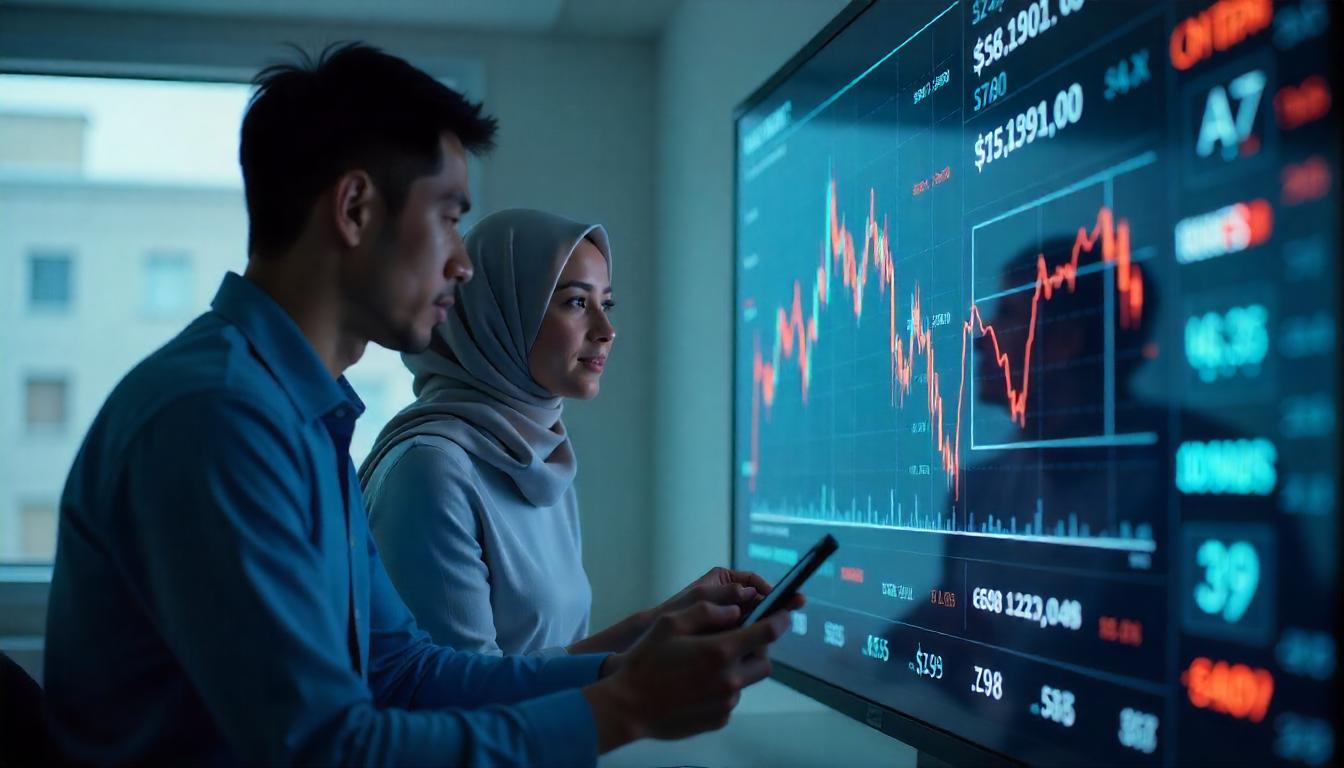In today’s fast-paced trading environment, manual backtesting has become inefficient, outdated, and no longer suitable for traders looking to stay ahead of the competition. While once seen as the hallmark of a disciplined trader, manually testing a strategy over historical data has become inefficient and outdated, especially when compared to the powerful automated tools available today.
If you’re still clinging to your manual backtesting methods, it might be time to rethink your approach. In this article, we’ll break down why manual backtesting is no longer effective and highlight the significant benefits that automated solutions—like those offered by Coinquant—bring to the table.
The Limitations of Manual Backtesting
Manual backtesting was once the only option traders had to test strategies, but that has all changed now!
Manual backtesting, while once an essential tool for traders, has become a relic of the past. In an era where automation and AI are transforming every industry, relying on outdated, manual methods can be detrimental to your success.
Here’s a closer look at the critical limitations of manual backtesting and why sticking with it could be holding your trading strategy back:
1. Time-Consuming and Inefficient
In the world of trading, efficiency is everything. Yet, manual backtesting is an incredibly slow process. It requires you to meticulously comb through years of historical data, one trade at a time, noting every entry, exit, and outcome.
For strategies that are even slightly complex, this can take days, weeks, or even months to yield any actionable insights. This not only drains your time but delays strategy refinement and real-world execution—key opportunities can be missed as you’re stuck analyzing past data.
Research in quantitative finance shows that manual backtesting can be 10 times slower than automated methods. When speed and agility are essential, especially in dynamic markets like crypto and forex, this time lag becomes a serious disadvantage.
2. Human Error and Biases
No matter how disciplined you are, human error is inevitable when manually backtesting. Traders can unconsciously cherry-pick data that confirms their strategy or overlook key details that don’t fit their bias.
Even minor mistakes—like recording an entry point incorrectly or misinterpreting a price movement—can skew your backtest results. These errors compound over time, leading to an inaccurate picture of how your strategy would perform in real trading environments.
Moreover, our emotions—fear, greed, and overconfidence—can creep into the analysis, causing us to judge trades less objectively. Automation, however, eliminates this human factor providing unbiased, emotion-free backtesting with accurate and reliable results
3. Limited Data and Testing Scope
When you’re manually backtesting, there’s only so much data you can process. This narrow scope often results in incomplete or misleading conclusions. A strategy might perform well in a short time frame but fail miserably when tested against broader historical data.
For instance, a system optimized for trending markets could fall apart during low-volatility periods—but with manual backtesting, you might never know that until it’s too late.
Automated systems, on the other hand, allow you to test strategies across vast datasets, spanning years or even decades. This is crucial for understanding how a strategy performs across different market conditions.
4. Lack of Real-Time Adaptability
Markets are constantly evolving, and strategies that worked well in the past don’t always work in the present. Manual backtesting gives you a snapshot of how a strategy performed in a specific period, but it can’t adapt to real-time changes in the market. When new trends or events occur, your manual backtesting results may become irrelevant.
With automation, platforms like Coinquant can update strategies with real-time data and adjust them on the fly.
This ensures that your trading system remains relevant and optimized for current market conditions, rather than relying on outdated historical data that might not reflect the present-day market dynamics.
5. Inadequate Performance Insights
Manual backtesting typically offers only basic insights, like win/loss ratios and overall profit or loss. However, successful trading requires a deeper understanding of a strategy’s performance. Metrics such as drawdowns, volatility, risk-adjusted returns, and exposure to market risk are crucial for optimizing a trading strategy.
Automated backtesting platforms provide these advanced analytics, offering a comprehensive view of how a strategy performs under different market conditions.
This enables traders to refine and optimize their strategies in ways that manual backtesting simply can’t match, giving you the tools needed to create a strategy that is not only profitable but sustainable.
6. Strategy Robustness and Overfitting
One of the greatest risks with manual backtesting is the potential for overfitting—where a strategy is too perfectly tailored to historical data, but fails when applied to future market conditions.
Manual backtesting doesn’t easily allow for the kind of rigorous, large-scale testing needed to determine whether a strategy is truly robust or simply lucky with historical data.
Automation solves this problem by allowing traders to perform more complex tests, such as Monte Carlo simulations and walk-forward analysis, which help ensure that a strategy can succeed in a variety of market environments. Without these tools, you risk creating a fragile strategy that looks great on paper but crumbles in live markets.
Why Automation is the Future of Backtesting
As markets continue to evolve, traders need tools that can adapt and scale alongside them. Automation offers a smarter, faster, and far more reliable way to test trading strategies. It reduces the risk of human error, biases, and inefficiencies while providing deeper insights and the ability to test at scale.



